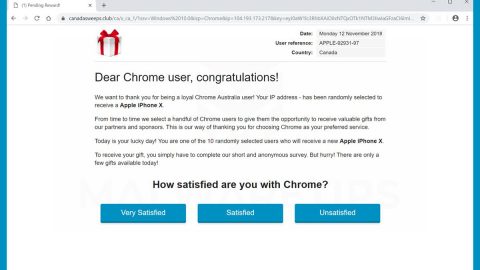Windows 8 has had its fair share of controversies since it was first launched all the way back in October 2012.
But controversies or not, market share for Windows 8 was constantly growing – albeit at a slow pace.
Unfortunately for Microsoft, that trend broke in September 2014 as Windows 8 lost market share and nearly dropped to single digit numbers.
That drop occurred, of course, without an actual OS release by Microsoft. Microsoft didn’t even announce Windows 10 until September 30, so that announcement would not have impacted September’s market share figures.
NetMarketShareSale.com reported that Windows 8 and Windows 8.1 are collectively used by 12.26% of desktop OS users at the end of September 2014. At the end of August 2014, Windows 8 and Windows 8.1 were used by 13.37% of desktop OS users – which was the highest Windows 8 has ever been.
Meanwhile, Windows XP – the market share of which was expected to plummet after April 2014 – has dropped just 2.5 percentage points since April, dropping from 26.29% to 23.87%. During that same period, Windows 8/8.1 market share grew slightly, rising from 12.24% to 12.26%.
If you read between the numbers, it seems that few people are willing to give up their old Windows XP machines for new Windows 8 machines. And it also seems like those that have left Windows XP have upgraded to other operating systems besides Windows 8.
In any case, Microsoft better hope Windows 10 is an awesome operating system. Otherwise, its core userbase is going to continue to be turned away.
Oh, and what about Windows 7’s market share? Since April, Windows 7’s market share has grown from 49.27% to 52.71% at the end of September, rising 3.44%. So that’s where Windows XP users are going.
Ultimately, Windows 10 will be expected to compete with Windows 7 – not Windows 8.












